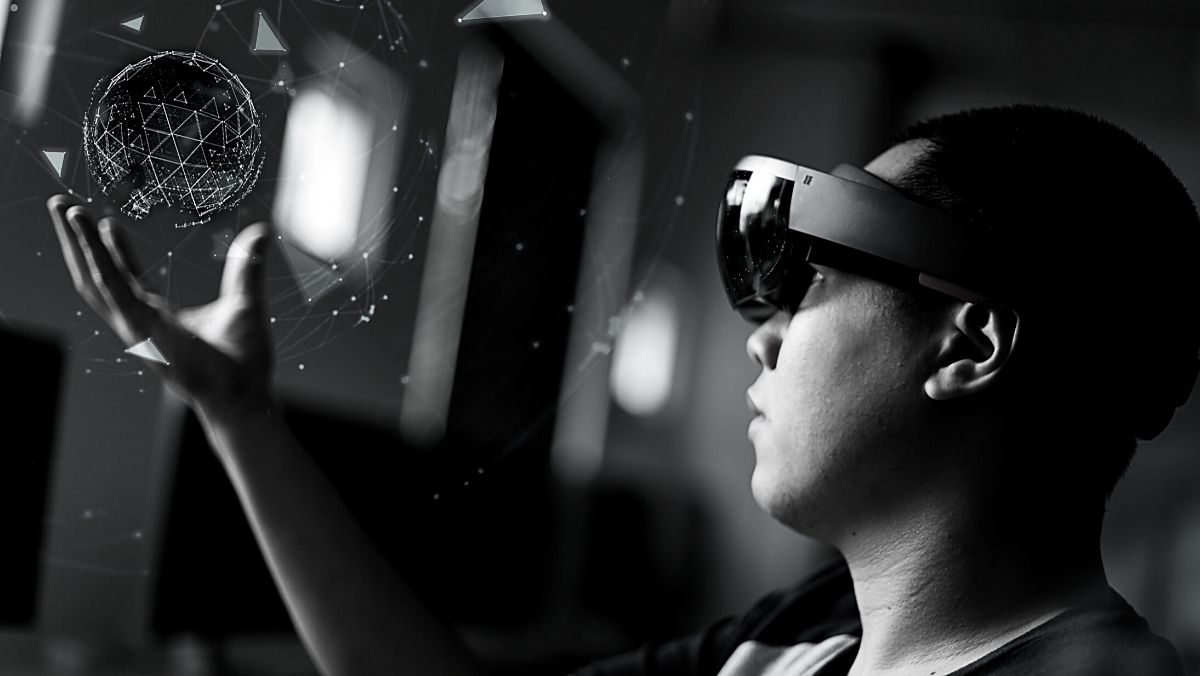
Augmented reality (AR) has seen a significant uptick in 2020.
With support from big tech names like Google, Apple, Amazon and Microsoft, it’s predicted that the number of AR-enabled devices is expected to reach 2.5 billion by 2023.
That’s good news for the events industry. Trade shows, exhibitions, conferences, and festivals all rely on customer engagement, entertainment, and education to thrive. Augmented Reality applications can help deliver all of that and more.
Supercharge your event with AR
Trade shows are an excellent way to create brand impact, build customer relationships and entice new leads. However, competition at events is incredibly fierce. Multiple companies will be vying for the spotlight. In such an environment, brand cut through can be challenging.
The overarching objective of using Augmented Reality for events is to differentiate your brand from the competition. Beyond the primary goal, aims include increased footfall, product sales, enhancing event engagement, showcasing a product or service and much more. The potential is quite simply limitless.
How to use AR at your event
The list of reasons for using AR in an event setting is an ever-expanding one. But we’ve narrowed it down to our three top picks:
1. Bring products to life
Brands with large-scale, expensive or scarce products can use AR technology as a unique and immersive way for consumers to test and experience their products at conferences without logistical difficulty and expenses.
The automotive sector is a great example of this. Want to check out a newer model, a bigger engine, or even upgrade the interior? All of this is now possible with AR making it the perfect marketing tool to capture attendees’ imagination.
2. Inspire with innovation
The success of an event is largely down to your ability to attract people and keep them there long enough to listen to your pitch. But while simple in theory, implementing a strategy to keep visitors engaged is challenging.
Amidst the digital revolution, a pack of Quality Streets or a free branded tote bag is no longer enough to drive meaningful foot traffic. The goal is to make your demonstration feel unmissable – to create a memorable experience. This is where AR comes into play.
One of the best things about AR is that it’s still something of a novelty. The magic has yet to wear off. For many, your event will be the first time they’ve seen AR in all its glory and as the saying goes – you will always remember your first.
In a room full of the same products and solutions alike, entice people with something genuinely interesting, exciting and above all, different.
3. The power of personalisation
It’s no secret that marketing and personalisation go hand in hand. Coca-Cola proved this when they first put our names on their cans and bottles.
Since then, the company really dug deep into driving a personalised experience launching AR at their internal conferences exploring customised content and it’s role on social media.
Creating easy to use, personalised AR content – similar to Snapchat – not only increases visitor interaction but also encourages users to post your content onto social media projecting your brand story to millions of users.
Capitalising on the social noise will grow your brand reputation to those at the event, and all across the world.
Summary
No matter the type of live event you’re organizing — conferences, music concerts, sports competitions, art exhibitions, or fashion shows — enhanced with AR, it can bring you real business value.
Immersive technologies have a unique ability to drive a deeper connection with audiences creating powerful and memorable experiences. In summary, AR applications that will win the hearts and minds of attendees.